CHEMICAL INDICATORS
Chemical Sterilization Monitoring
Chemical monitoring is one of the methods used in sterilization monitoring to assess the effectiveness of the sterilization process.
It involves using chemical indicators, such as heat-sensitive tapes, to indicate that the sterilization process has been completed successfully.
The chemical indicators change color or pattern when exposed to the sterilization process, providing an easy visual indication that the equipment or instrument has been sterilized.
Chemical monitoring is a simple and cost-effective method of monitoring the sterilization process, but it is important to note that it does not confirm the complete destruction of all microorganisms.
Therefore, it is recommended to combine chemical monitoring with other monitoring methods, such as biological monitoring, to ensure optimal sterilization efficacy.
Showing 1–16 of 17 results
-

A4 BOWIE & DICK
Read more -
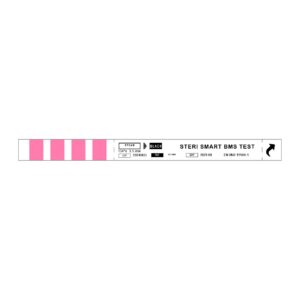
Batch Control Helix Test (PCD)
Read more -

Bowie & Dick Pack Air Removal Test
Read more -
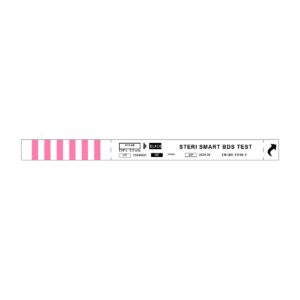
Bowie & Dick simulation test Helix (self adhesive)
Read more -

Bowie & Dick Test Card
Read more -

DDD
Read more -
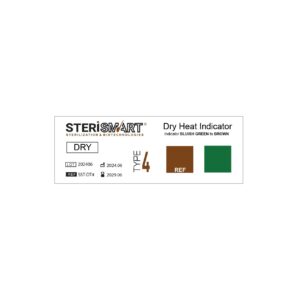
Dry Heat Indicator Strips (ΤΥΡΕ 4)
Read more -

Ethylene Oxide Chemical Indicator Strips Type 5
Read more -
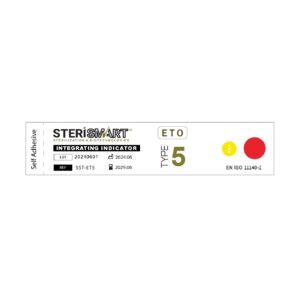
ETO Indicator TYPE 5 Self Adhesive
Read more -
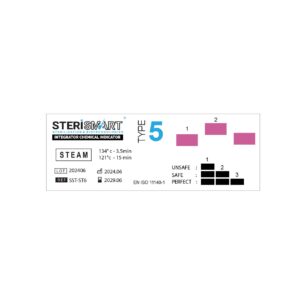
Integrator Steam Indicator Strips TYPE 5
Read more -

Integrator Steam Indicator Strips (Self Adhesive) TYPE 5
Read more -

Multi-Variable Steam Chemical Indicator (Self Adhesive) TYPE 4
Read more -
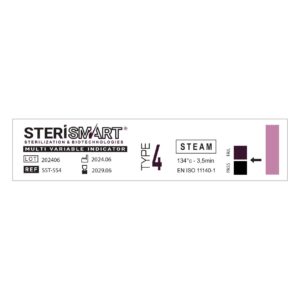
Multi-Variable Steam Chemical Indicator Strips TYPE 4
Read more -

Progressive Steam Indicator Strips TYPE 5
Read more -
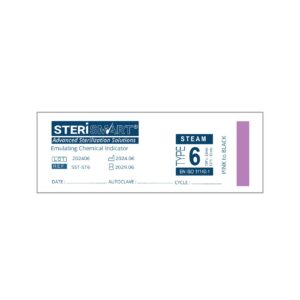
TYPE 6 Emulating Steam Indicator Strips
Read more -
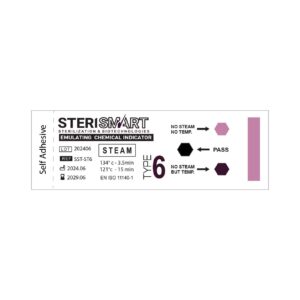
TYPE 6 Emulating Steam Indicator Strips (Self Adhesive)
Read more

